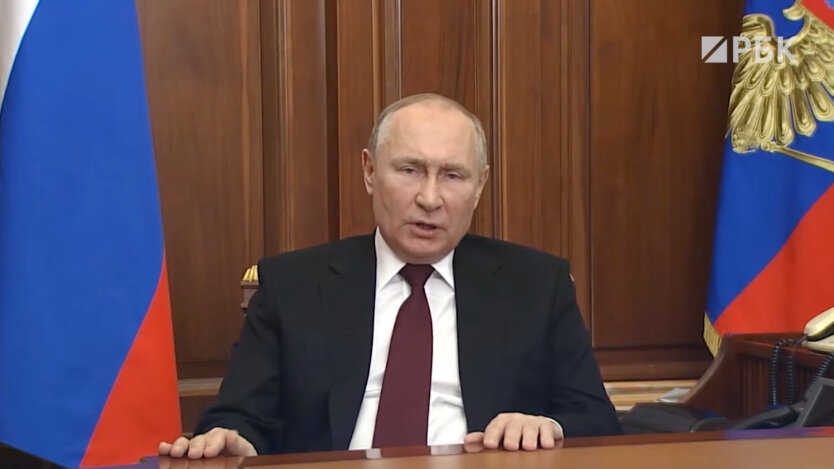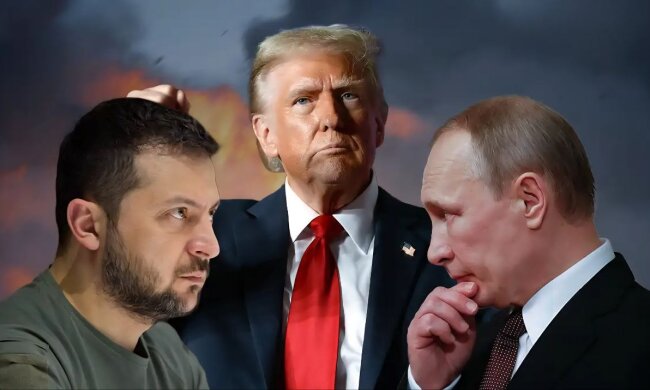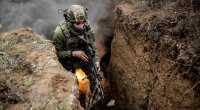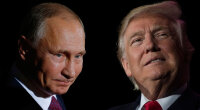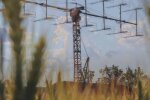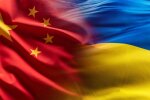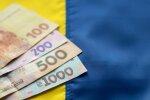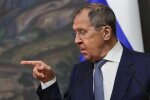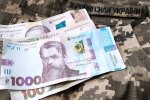Today at 4:30 in the morning Russia launched the long-anticipated military operation against Ukraine. Apparently, Vladimir Putin’s decision was recorded beforehand. In the video he wears the same clothes and sits in the same position as he sat on 21st February when he announced his decision to recognize the so-called Luhansk and Donetsk People’s Republics. Another evidence that the decision to attack Ukraine was made long before today or even 21st February.
During the last several hours Russians have been heavily bombarding Ukraine’s border regions, striking strategic military objects near Kyiv, Odessa, Dnipro, Kharkiv simultaneously attacking Ukrainian armed forces along the line of contact in Donbas. There was unverified information about a Russian assault-landing operation in Mariupol on the Azov Sea. Multiple explosions were heard in Kyiv, Kharkiv, Dnipro, Kramatorsk and Vasylkiv. Ukrainian anti-aircraft systems were heard firing missiles into the sky near Borispyl international airport.
One could wonder what was happening and why Russia had decided to move with an escalation.
The escalation logic began to emerge in November last year when the issue of “security guarantees” for Russia was first raised by Kremlin. This led to a significant escalation between Russia and the West, although a political one. Eventually, it led to another Putin-Biden summit in December and security consultations between the two parties in Geneva in January this year. It was apparent Russia was trying to force the West to negotiate on the principal questions of European security architecture, in which NATO and Euro-Atlantic institutions have dominated since the fall of the Soviet Union. In this context Ukraine has become the object of American-Russian political deliberations and an essential element of the “strategic stability” dialogue between Moscow and Washington.
At the beginning of February Russia has become frustrated by lack of any progress on both “security guarantees issue” and the situation in Ukraine. The United States were reluctant to talk on the fundamental principles the Western-led Euro-Atlantic security system was created in 1980s-1990s, not to mention making any concessions to this end.
Western attempts to present political compromise on Ukraine based on the implementation of Minsk agreements as a substitute to a meaningful discussion of what Russia saw as their right to have a sphere of influence in Europe also failed. Ukrainian elites refused to yield to pressure and sign any significant documents accelerating the implementation of Minsk agreements on Russian conditions as it could have caused a deep political crisis in Kyiv. Therefore, 9-hour marathon of negotiations in Berlin on 26th January ended without any result.
This was the turning point for Russia. They realized that Minsk negotiations would once again be dragged on for another 6-12 months without any result and that it would be difficult to make Ukraine give up on its position. Moscow also deemed the West’s position as either an inability or unwillingness to help pressure Kyiv. That was the point when another opinion prevailed, that of a further escalation and abandonment of all the Minsk-related process.
In other words, for Putin his decision to move Russia out of Minsk agreements by recognizing the independence of the self-proclaimed People’s Republics in Ukraine’s East was not a high-risk adventurism as many in Ukraine thought. It was his “plan B”, which in his opinion was the only to move forward and avoid loosing face.
For three months he has been threatening Ukraine and the West with escalation, and the time came to support his words with real actions. Moreover, his willingness to use military power sends a clear message to the West: if nothing changes, Russians will shape the security situation in the region in a way they see fit. Simply put, they will create the political reality on the grounds.
The recognition of Donbas was by nature a decision based on escalation logic. It was naive to think Putin would move to this level and do nothing while absorbing financial and economic losses as a result of Western sanctions. The question was: what forms would this escalation take?
Right now, it all seems to be a repetition in some way of the 2008 Georgian scenario. Russia launched a limited military operation in Ukraine’s Donbas while striking the most viable military objects elsewhere and distracting resources by staging provocations near Crimea, Belarus, Kharkiv and Kyiv. It seems that the primary military target for Russians would be expanding the so-called LPR and DPR territories to the administrative borders of Donestk and Luhansk regions, including capturing Mariupol on the Azov Sea. After that they would come back with fresh political demands to Ukraine and the West.
By launching an attack against Ukraine Russia in fact admitted its role in Ukrainian conflict – the fact that was an open secret. But with that they also moved to another level of escalation, even knowing the cost of sanctions they would pay for such actions. This is the crucial point in analyzing the situation. The self-confidence and aggression with which Russia launched its attack today, should not be considered as a mere madness of one person, but also part of their complex foreign policy line which V. Putin charted back in mid-2000s when he first spoke against the Western-led post-Cold War world order during the Munich security conference in 2007.
For him, there is no Ukraine or Ukrainians. Actually, he did say that in his speech on 21st February when he put forward an argument that Ukraine was an artificial state created by Bolsheviks after the First World War. His Foreign Minister Sergey Lavrov reiterated this narrative when the next day he stated that Moscow denied Ukraine its sovereignty rights. In other words, Russian elites led by Putin don’t care about Ukraine, but by attacking Ukraine they try to forcibly change the fundamental principles on which the post-Cold War balance was built as a result of the fall of Soviet Union. Putin has only one target audience as of now: US President Biden, to whom he addresses this “act of defiance” and whom he deems to be the only real master of the situation in Ukraine and Europe.
День, когда Украина сказала: "Путин, приди!"
Киев на грани катастрофы: Попенко предупредил об угрозе для тысяч домов
Люди массово жалуются на солнечные панели: 5 главных претензий
В Украине ограничили возраст водителей: кому запрещено садиться за руль
For Ukraine this escalation is a very serious challenge. But with challenges come opportunities. Ukraine needs to be strong and now is the best chance to defend our sovereignty and independence. Russia’s move towards escalation-driven logic and the abandonment of Minsk negotiations of 2015-2022 is a turning point in this war, which not only paved the way for another round of battle between Ukraine and Russia, but also created a new reality, in which could either lose or gain and become even stronger.
It will depend on the consolidation of the political elites, drastic social and economic reforms the President and the Government should consider to push forward and on the ability of the Ukrainian state to produce a brand new policy, which will proclaim an end to old post-Soviet principles of governance.
